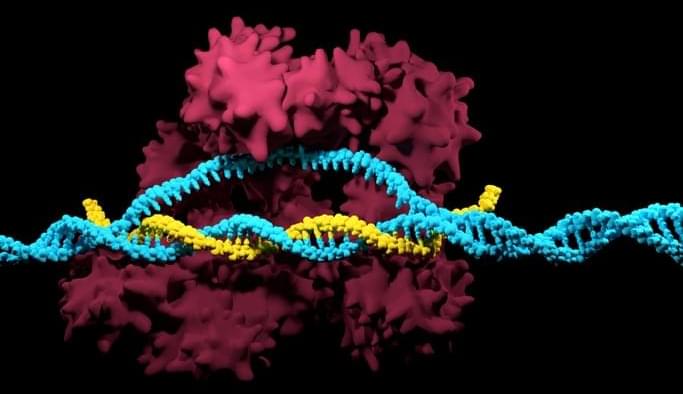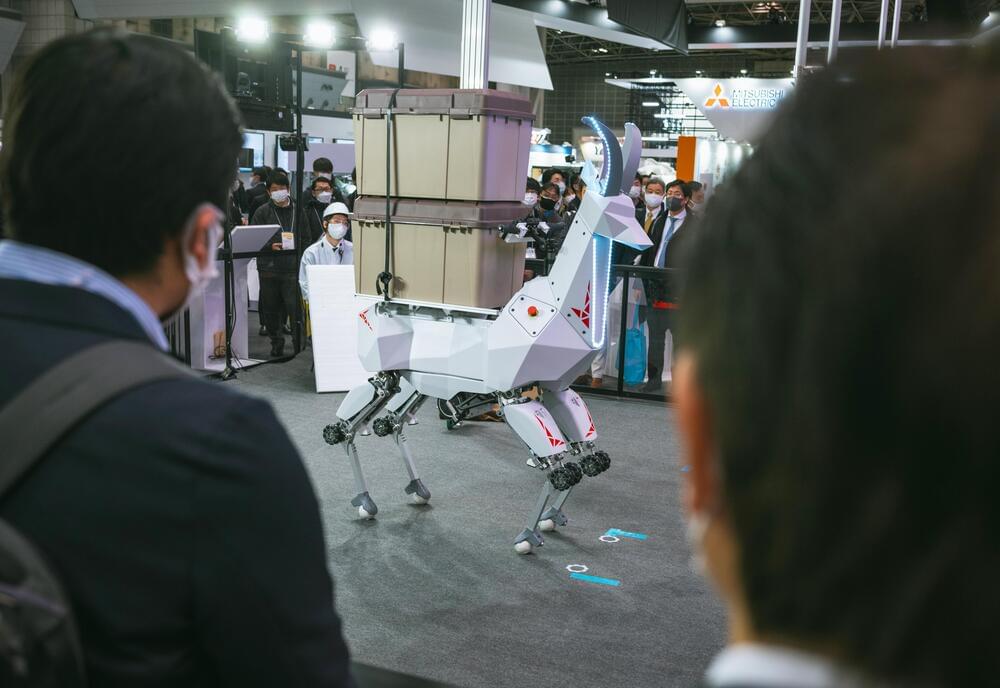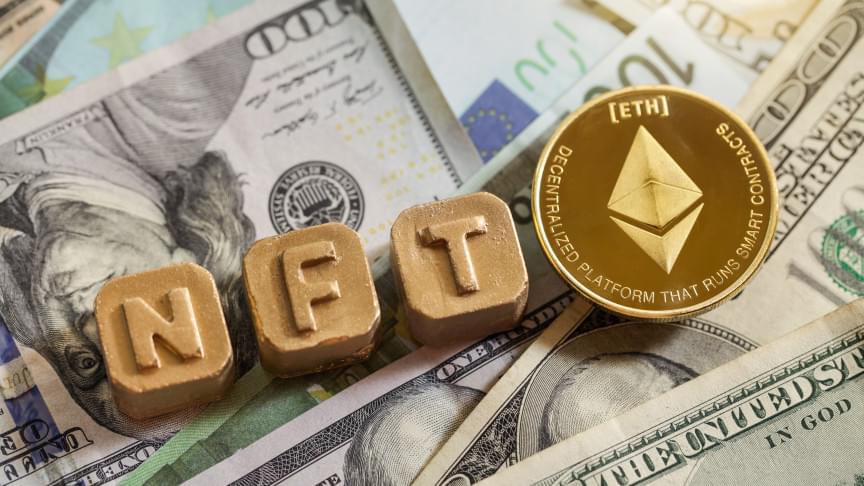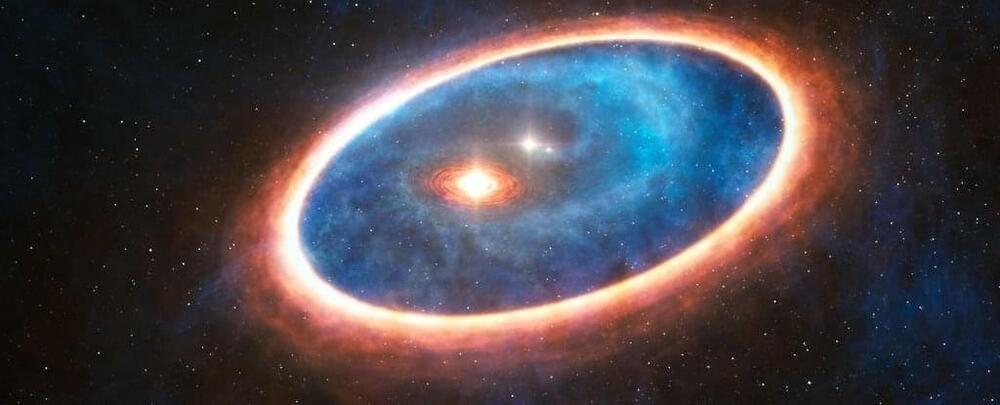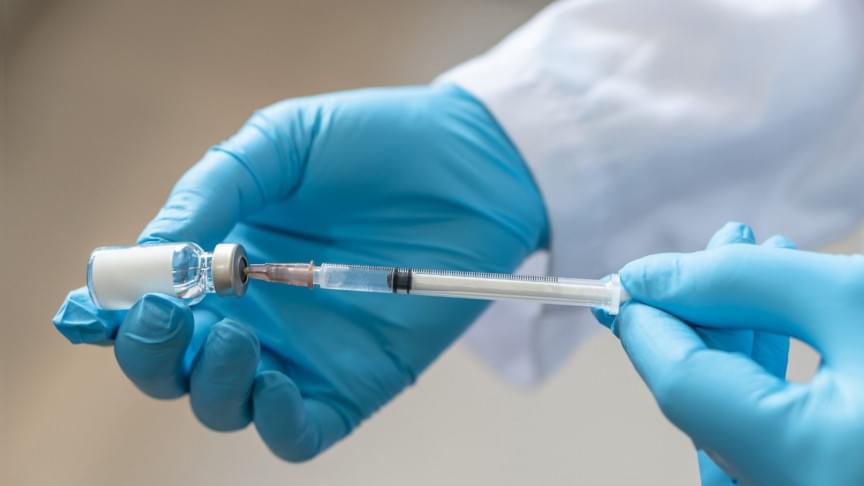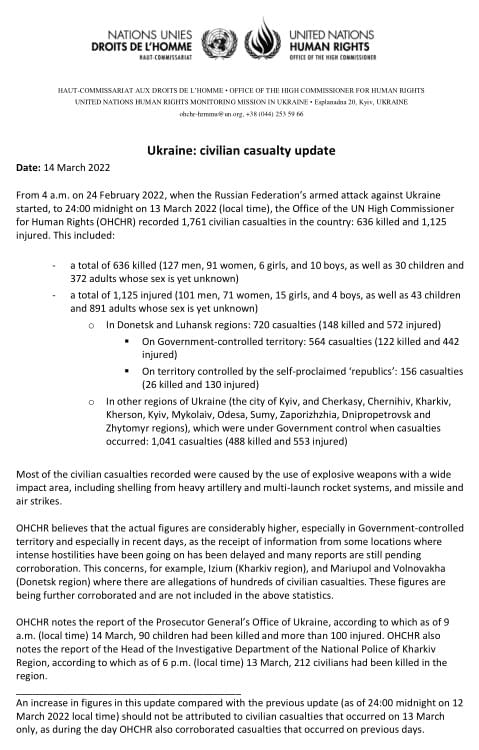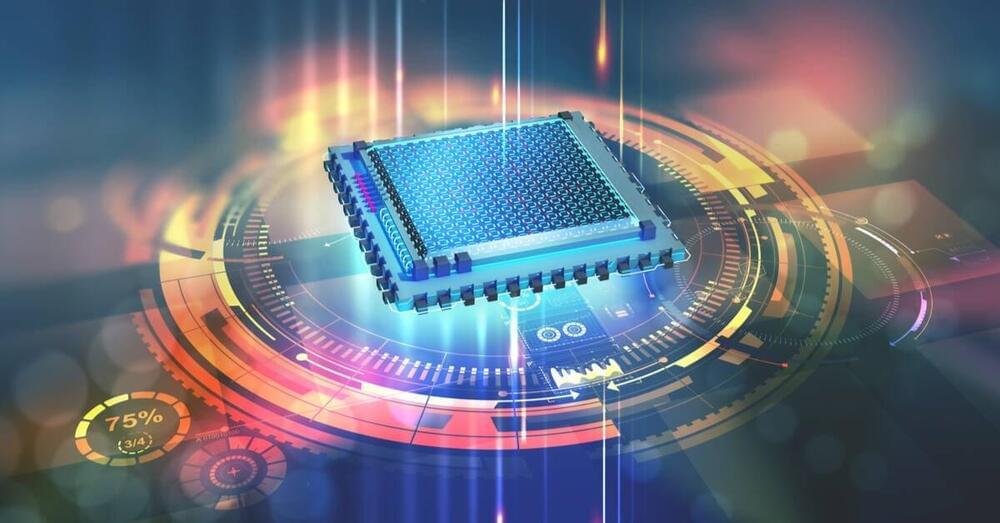Intelligent from Bing makes it easier to quickly find what you’re looking for and rewards you.
May 6, 2021 · Holograms that seem to have mass and can be touched have long been the stuff of science fiction. Now, they are science fact. Holograms with haptic feedback Tactile technology which creates haptic feedback has been used for years in entertainment (such as game controllers), rehabilitation therapy, and even surgical training.
